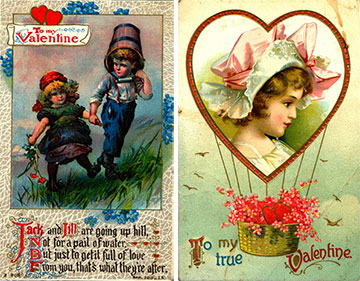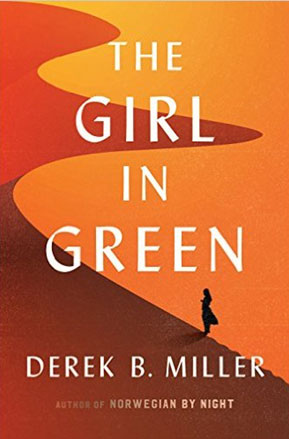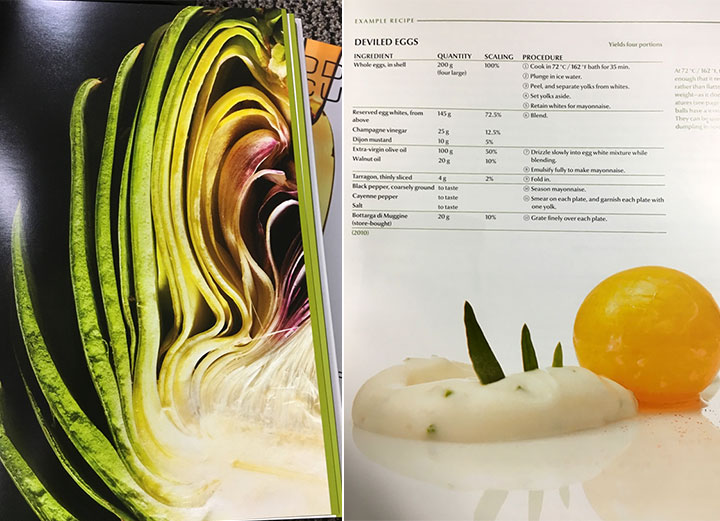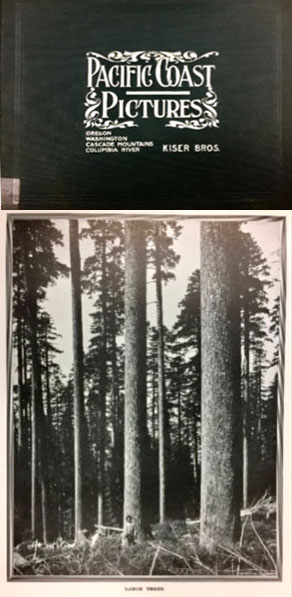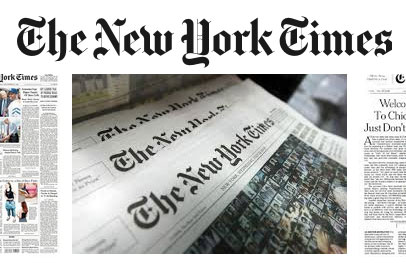It is that time of year when stores fill to the brim with frilly cards and everyone swarms to find the perfect gift for their sweetheart. That’s right, I’m talking about Valentine’s Day! According to The Romance of Greeting Cards, by Ernest Dudley Chase, Valentines are the oldest branch of greeting cards second only in sales to Christmas cards. Valentine’s Day has a rich history that dates all the way back to ancient Rome. The origin of the holiday can be traced back to an ancient Roman fertility festival called Lupercalia. In celebration of the God Pan and Goddess Juno. Ancient Romans would draw names from a bowl to discover who their love would be for the coming year. Over the centuries as Christianity took hold, the day February 14th was named in honor of St. Valentine who allegedly was beheaded for marrying Christian couples in secret.
Regardless of its origins, February 14th is now regarded as a day where people all around the world can share their adoration of one another in the form of flowers, candy, and of course cards. Here at Collins Library, we have a beautiful collection of vintage Valentines dating back to the 1800’s. The collection is a gift from a local Tacoma Resident, Sylvia Schar. Her grandmother was a great collector and the images below are just a small sample of the cards and bookmarks that she has given the library. Many of them are beautifully intricate illustrations of pastoral scenes that highlight love and friendship.
Many of the cards also include clever bits of verse, a common theme in Valentines even today. These little limericks never fail to woo your beloved!
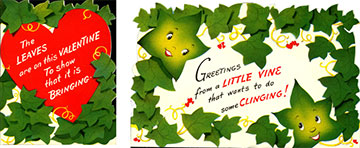 And of course, nothing can beat the elegance of the classic Valentine look.
And of course, nothing can beat the elegance of the classic Valentine look.
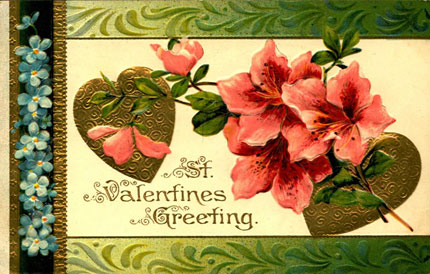 Today, Valentine’s Day seems to moving away from a celebration of just romantic love and has branched out to include all sorts of love whether it be a romantic partner, a close friend, family, or even just taking time to love yourself.
Today, Valentine’s Day seems to moving away from a celebration of just romantic love and has branched out to include all sorts of love whether it be a romantic partner, a close friend, family, or even just taking time to love yourself.
 Inspired by these wonderful Valentines? Create a unique valentine out of recycled materials and give to a friend, a professor, a staff member or simply share as a random act of kindness. Whether you are inspired by Victorian valentines or cuddly cats and dogs, Collins is the place for you! Have fun using recycled materials to create a unique expression of kindness! Drop by our “makerspace” between February 9-14 and design your perfect Valentine!
Inspired by these wonderful Valentines? Create a unique valentine out of recycled materials and give to a friend, a professor, a staff member or simply share as a random act of kindness. Whether you are inspired by Victorian valentines or cuddly cats and dogs, Collins is the place for you! Have fun using recycled materials to create a unique expression of kindness! Drop by our “makerspace” between February 9-14 and design your perfect Valentine!
Image sources:

